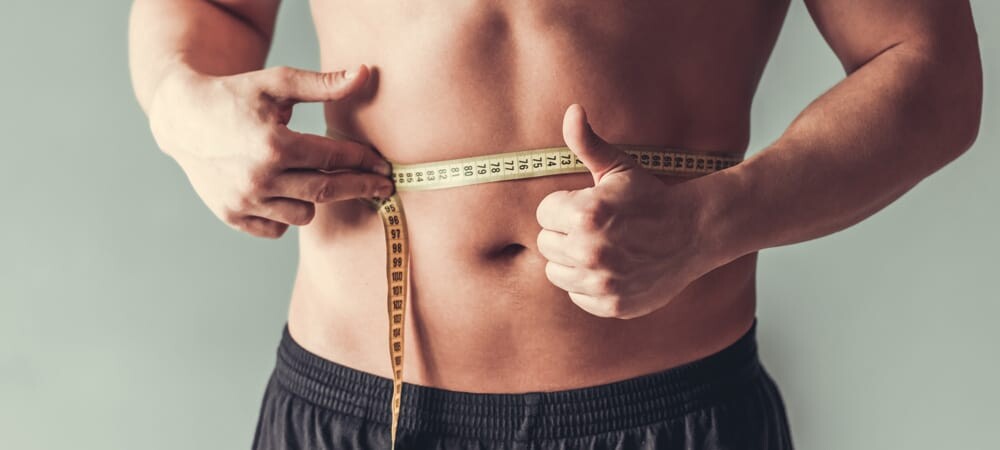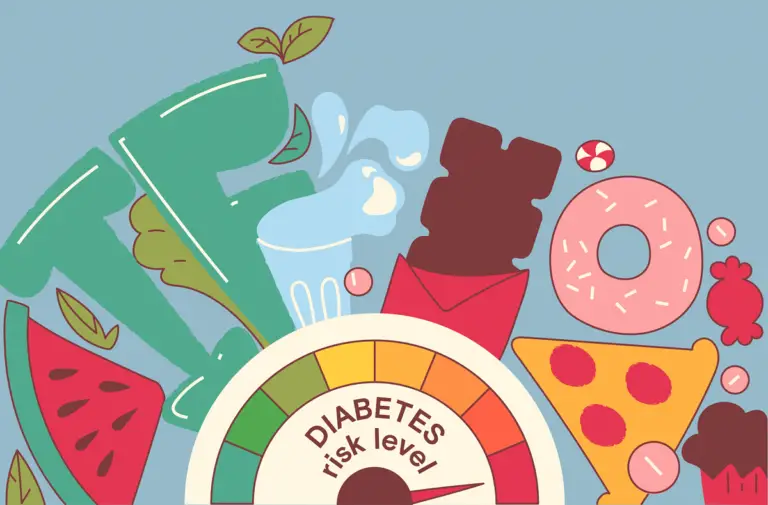How Do We Know When Our Body Is Burning Fat?

How do we know when our body is burning fat? If you say, weight loss seen on the scale is the most important sign that the body is burning fat. The general rule of thumb is that every extra calorie burned leads to weight loss, and at least some of that comes from fat loss. There are a few measurements you can take at home to see if you’re burning fat, or you can consult a professional to be sure.
Exactly how much weight loss indicates how much fat loss depends on your current body composition. If you’re obese, you’re carrying too much fat, and every pound you lose means you’ve lost close to one pound of actual adipose tissue. If you are underweight, you will lose a smaller proportion of fat for every pound you lose. Regardless, if the number on the scale drops, it means you’re at least burning some oil.
Signs Our Body Is Burning Fat
Contrary to popular belief, there is no sudden change that happens as you adapt to more fat. This is a gradual process. Being more efficient at burning fat will increase athletic ability. It doesn’t happen overnight, but over time you start to notice changes in body composition, energy levels, and sports performance.
Wouldn’t it be great if you could turn your body into a fat burning machine that burns all the extra calories and fat and gives you the weight and shape you’ve always dreamed of? Tweaks in diet, lifestyle, and exercise affect how your position changes to increase or decrease your ability to burn fat. The following few signs indicate that you are on the right fat-burning path:
- If you can exercise while hungry
- When exercise no longer feels like punishment
- If you’re losing weight and people are starting to ask you if you’re losing weight
- If your sugar cravings are decreasing
- if you feel better
- If you have stable energy levels
- If you look weaker
- If you don’t wake up hungry in the morning
- Especially around the waist, if your clothes feel looser on you
In addition to the above signs, the first sensation of burning fat is a gradual increase in body temperature. After a series of exercises, body temperature changes from the inside out. Only when the body temperature rises will the rate of fat burning gradually increase. Therefore, during daily exercise, body temperature increases, mostly fat is burned.
The intensity of the fat burning exercise is very high. In the process of exercise, fats will begin to burn due to the high-intensity training of the muscles. At the same time, you will feel muscle pain and feel very tired, but this type of fatigue does not bother people, it just makes people feel smooth.
Fat Burning Basics
The only common denominator that triggers the most fat burning is the elimination of refined carbohydrates. If you’re trying to lose weight, knowing how your body uses calories for fuel can make a difference in how you approach your weight loss program. You get your energy from fat, carbohydrates and protein.
The type of activity performed determines which one the body benefits from. Most people want to use fat for energy, and that makes sense. You think that the more fat you use as fuel, the less fat you will have in your body. However, using more fat does not mean that it will lead to more fat loss. Some basic facts about how the body gets its energy are important to understanding the best way to burn fat.
For higher-intensity exercise, such as jogging, the body will rely more on carbohydrates than fat. Current metabolic methods break down carbohydrates for energy. And these metabolic methods are more efficient than the current pathways used for fat breakdown. During slower and longer exercise, fat is used for more energy than carbohydrates. In weight loss, it is not how many calories you eat, but how many calories you burn.




